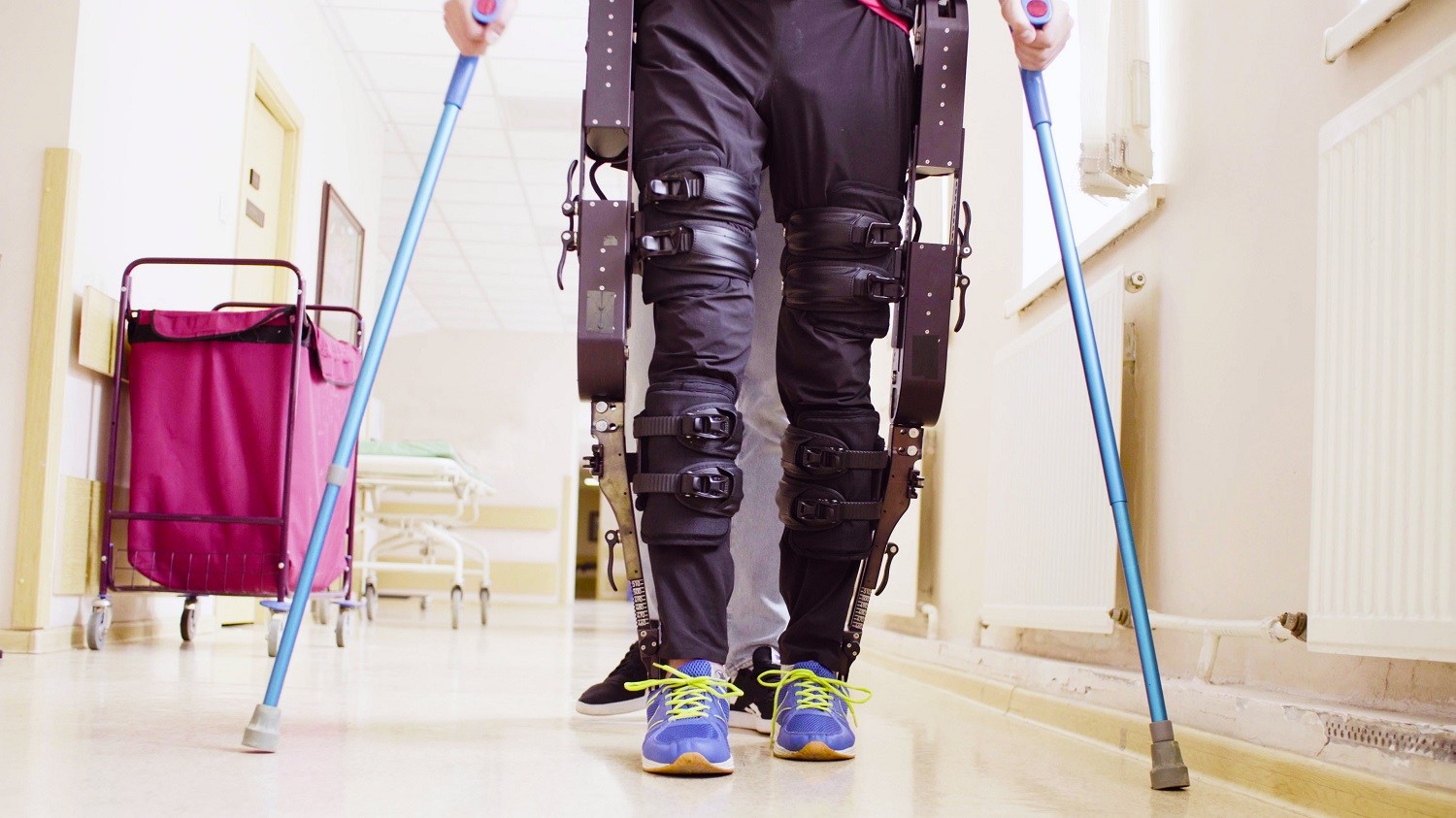Advancements in Augmentative Technology

Augmentative technology, at least according to the North American definition of the word, is technology that is designed to augment the lives of able-bodied individuals. Of course, this technology is often adopted by assistive technology (AT) users, and when that happens, the technology would then be considered AT, as AT is defined as “any item, piece of equipment, or system, whether acquired commercially off the shelf, modified, or customized, that is used to increase, maintain, or improve functional capabilities of an individual.” Because of this, augmentative technology often becomes assistive technology, and mainstream inventions are quickly adopted and adapted by AT users. For today’s e-bulletin, we’re going to delve deeper into some of the most cutting-edge pieces of tech that blur the line between augmentative and assistive technologies.
Eyes
eSight are electronic glasses that are equipped with a high speed, high definition camera designed to capture and enhance footage, which is then presented back to the wearer via two near-to-eye screens, in real time. The glasses utilize advanced, clinically- validated algorithms to optimize and enhance captured footage. eSight also includes a remote control, which gives users the ability to control magnification levels, contrast, focus, and color settings. Users are also able to take photos, and stream content directly to the device. To learn more about eSight electronic glasses, click here.
The Argus II, which is designed for patients with severe to profound retinitis pigmentosa (RP), is a very different type of visual aid. This device is built around a retinal prothesis, which is surgically embedded into the eye. The Argus II captures video via camera-mounted glasses. Then, the video is processed and transformed into electronic signals which travel along the optic nerve and into the brain, creating the perception of patterns of light. With the Argus II device installed, users may (depending on the severity of their condition) gain the ability to locate lights and windows, follow lines in a crosswalk, and even read. According to their website, results vary greatly among trial subjects. Click here to learn more.
Ears
Touted as the hearing aid “for people who don’t want hearing aids”, the Silk primax is a sleek and flexible device designed for discretion and ease-of-use. The device is fitted with a silicone click sleeve to give users a tight, comfortable fit. There is a variety of accessories available for the device, including remote controls, microphones, television transmitters, and more. Users of the Silk primax also have access to a variety of free apps which are designed to enhance the overall user experience. Click here to learn more about Silk primax.
Skeletal
The ReWalk is a wearable exoskeleton designed for individuals who have suffered spinal cord injuries. This lightweight, battery-powered device provides augmented hip and knee motion, allowing users to stand, walk, and turn. At present time, ReWalk offers two distinct products, the ReWalk personal 6.0, designed for use at home or in the community, and the ReWalk rehabilitation, which is designed for use within designated training clinics. To learn more about these devices, click here.
Intended for able-bodied workers, the AWN-03 is a battery-powered hip exoskeleton designed to reduce burden on the body when lifting and lowering heavy objects. This device is still very much in the prototype phase and is currently only sold in Japan. To learn more about the AWN-03, click here.
Tags: assistive technology, AT HelpDesk



